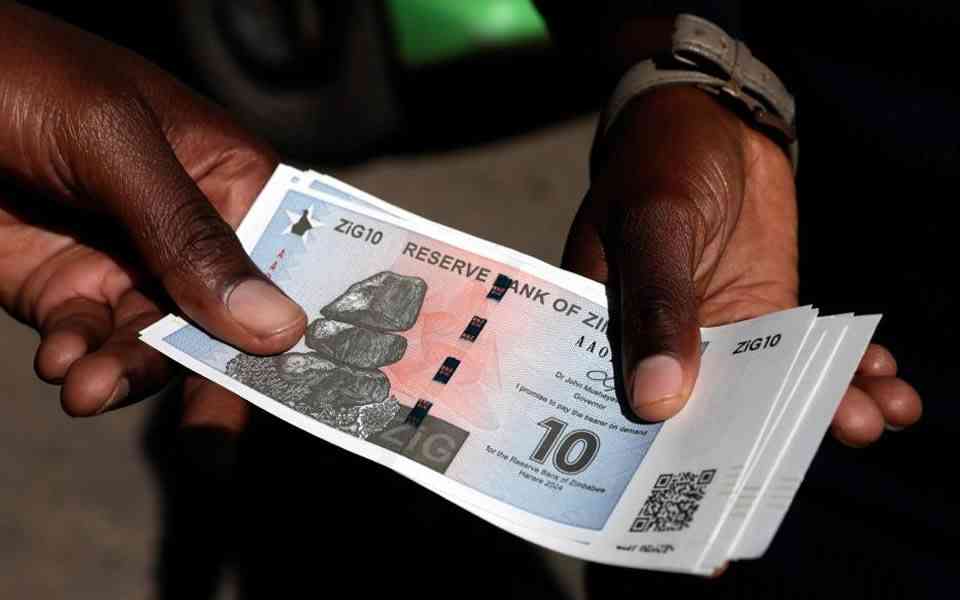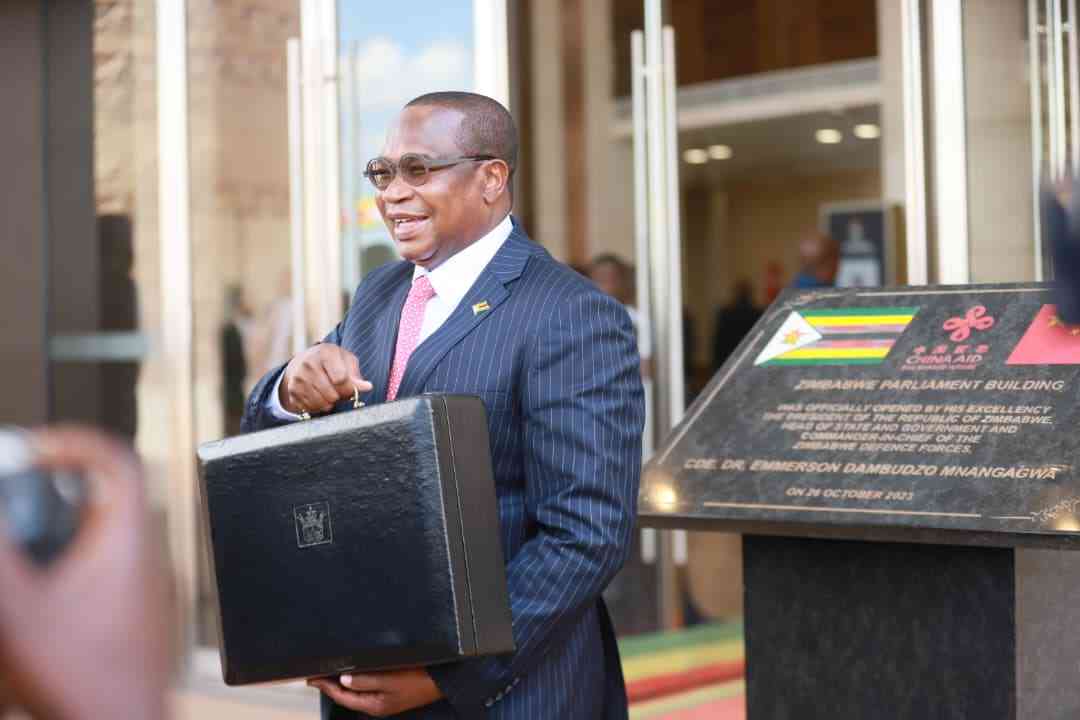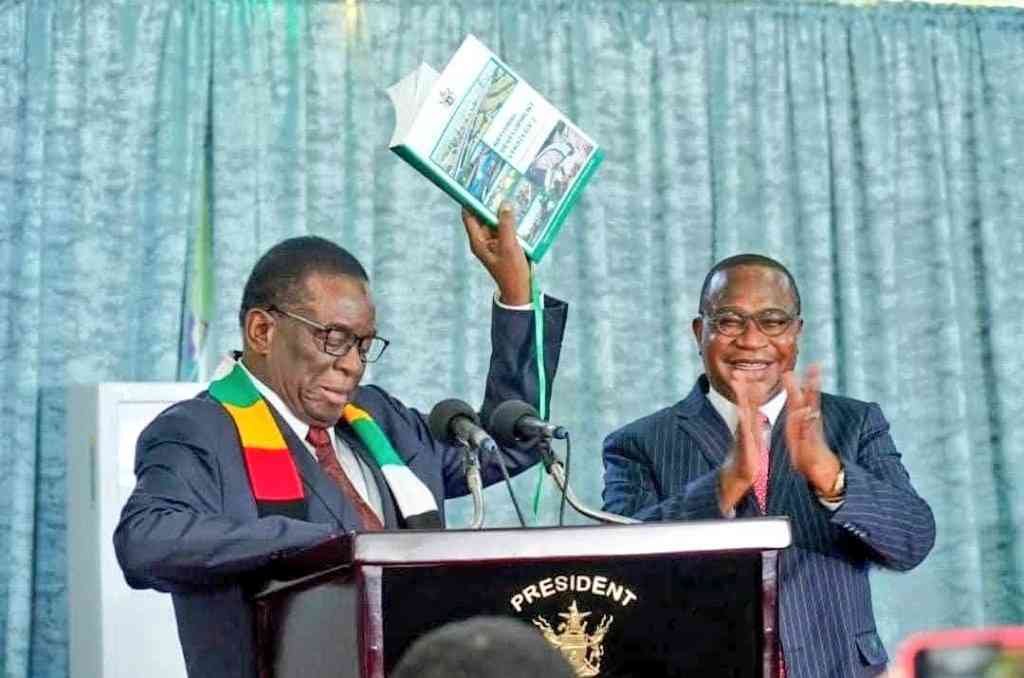
The Treasury’s repeal of penalties on businesses pricing goods and services above the official exchange rate does not amount to genuine forex market liberalisation, analysts said this week, despite government claims that the move signals reform.
This follows the repeal of Statutory Instrument (SI) 81A of 2024 via SI 34 of 2025, scrapping limits that prevented companies from pricing more than 10% above the official exchange rate. The shift has revived fears of mounting exchange rate volatility, as formal and parallel markets continue to diverge sharply, a Zimbabwe Independent poll of leading analysts showed. The official rate currently sits at about US$1:ZiG26,82, while the black market rate has been hovering around US$1:ZiG34 — highlighting persistent pressure on the local unit, which traded at about US$1:ZiG13,5 when it was launched last April.
This week, analysts warned that without tighter monetary discipline, the gap may widen further.
The authoritative FBC Securities — an advisory firm — described SI 34 of 2025 as a structural reform that finally recognises the role of market forces in price setting.
“This allows formal businesses to compete and survive,” the firm said.
“However, its long-term success depends on continued monetary policy discipline, transparent exchange rate management, and regulatory reform that reduce the cost of doing business in the formal sector,” it added.
The issue of high costs has been topical recently, as many firms have struggled, leading to closures or wind-downs. Some leading brands have divested, citing a complex business environment in Zimbabwe.
While authorities have promised to tackle the problem, delays in taking decisive action have ended with dire consequences. In an interview with the Independent this week, US ambassador to Zimbabwe Pamela Tremont said she was working with government to deal with this problem in order to attract foreign investors.
- Chance to buy 'undervalued' counters: FBC
- State Universities Act amended
- MMCZ moves to tackle chrome price crisis
- Neo-liberalism, debt management
Keep Reading
FBC Securities warned government’s move would only succeed if supported by credible exchange rate management, regulatory reform, and strict monetary discipline. Without this, gains could quickly unravel, the firm added.
“Pricing at market exchange rates will likely raise ZiG-denominated prices, particularly in supermarkets and other retail shops, fuelling short-term ZiG inflation,” it argued.
“With greater flexibility, businesses may create wide price differentials based on payment currency.”
Increased pricing freedom, FBC said, could boost tax compliance and lend credibility to ZiG — a currency that has struggled even after being backed by buffers of bullion and other precious minerals. However, it would also likely drive up local currency prices — particularly in retail — triggering short-term inflation.
“With dual pricing, businesses may sharply differentiate between US dollar and ZiG rates, which could erode public trust if not managed transparently,” the advisory warned.
Economist Vincent Musewe was more blunt: “Government has no business setting private sector prices — including the exchange rate,” he told the Independent.
“Markets must be driven by supply and demand. This correction was overdue,” Musewe noted.
Analysts generally agree that a market-determined exchange rate boosts transparency, competitiveness, and investor confidence. When governments intervene to fix exchange rates, it often breeds black markets, forex shortages, and resource misallocation — patterns Zimbabwe has long struggled to escape.
Though authorities tout growing foreign reserves — from US$276 million in April 2024 to US$629 million by March 2025 — market confidence remains low. Nearly US$2,5 billion is reportedly locked in the informal sector, and physical ZiG in circulation remains minuscule.
While the recommended cash-to-broad money ratio is 15%, only 0,12% of the ZiG85,63 billion money supply is reportedly in cash.
RBZ governor John Mushayavanhu insists the reserve position is sound: “Foreign reserves are sufficient to cover both reserve money and total ZiG deposits, underscoring the currency’s stability,” he said in the central bank’s Q1 2025 update released recently.
But economist Steven Dhlamini said liberalising pricing rules is unlikely to shift informal traders toward ZiG in the near term. They will continue to trust the US dollar.
“They thrive on forex liquidity and don’t trust the local unit. Unless they can exchange ZiG for the US dollar at market rates without loss, uptake will be minimal,” he noted.
Formal retailers might benefit from the new flexibility, but if exchange rate disparities persist, the informal sector — which already prices in black market rates — will retain an edge.
Zimbabwe’s currency volatility, rooted in quasi-fiscal activities by the central bank, has persisted for over two decades. Analysts fear that unless structural issues are addressed, the latest policy shift may amount to little more than window dressing.










